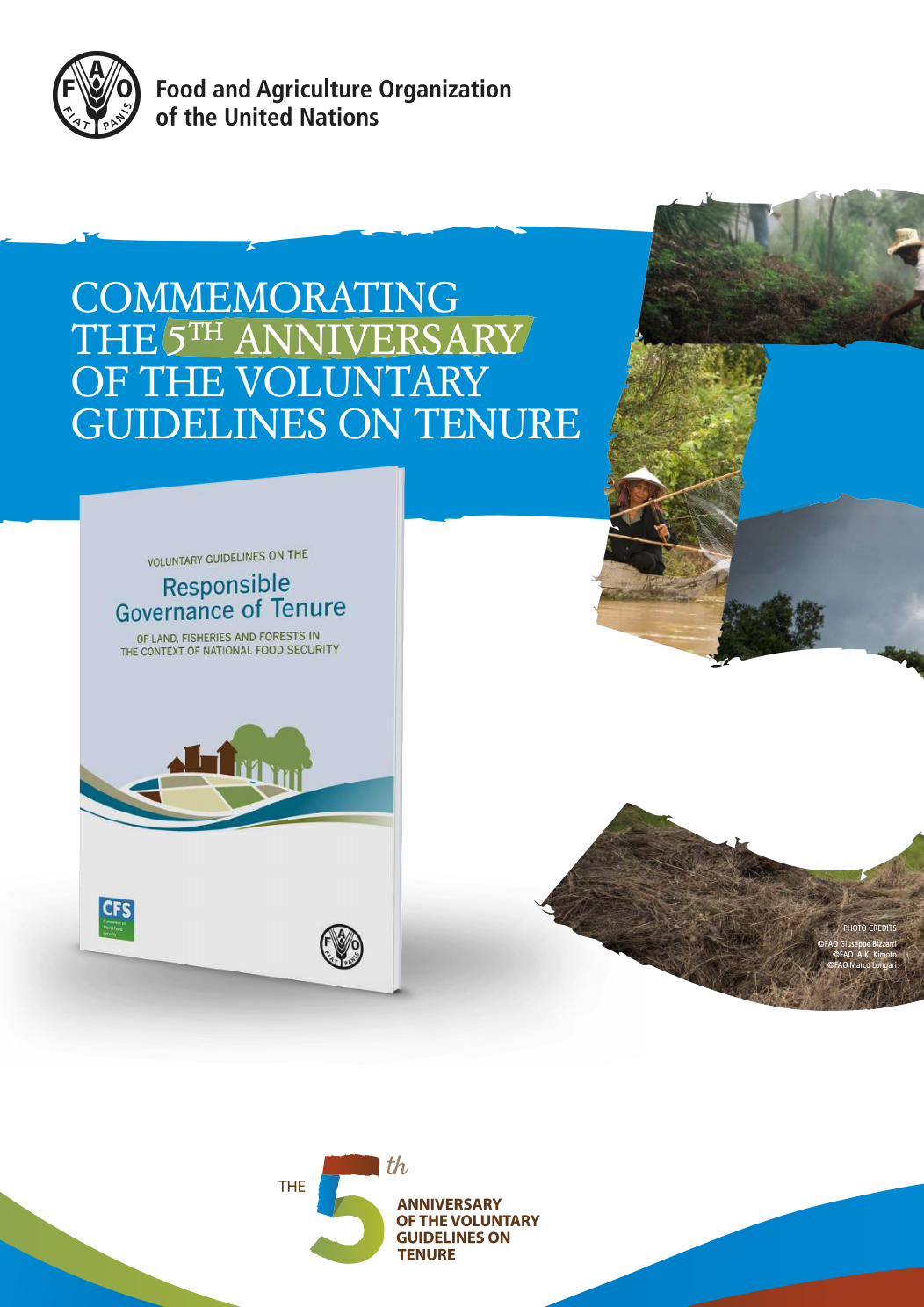Designing Sustainable Development Strategies for Agricultural Commodities across the Landscape: Applying the Siting Tool for guiding rubber, cocoa, coffee and oil palm development in North Sumatra, Indonesia
This report provides key data and recommendations on the sustainable development of four commodities driving land use change in North Sumatra, Indonesia - coffee, cocoa, palm oil and rubber. The report seeks to assess the current and future situation in the districts of Mandailing Natal, Tapanuli Selatan and Tapanuli Utara, taking into account both economic and conservation perspectives.






